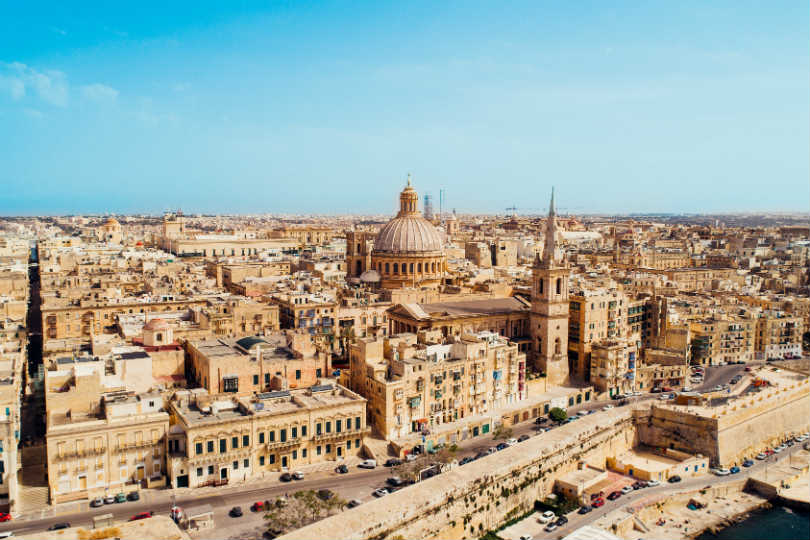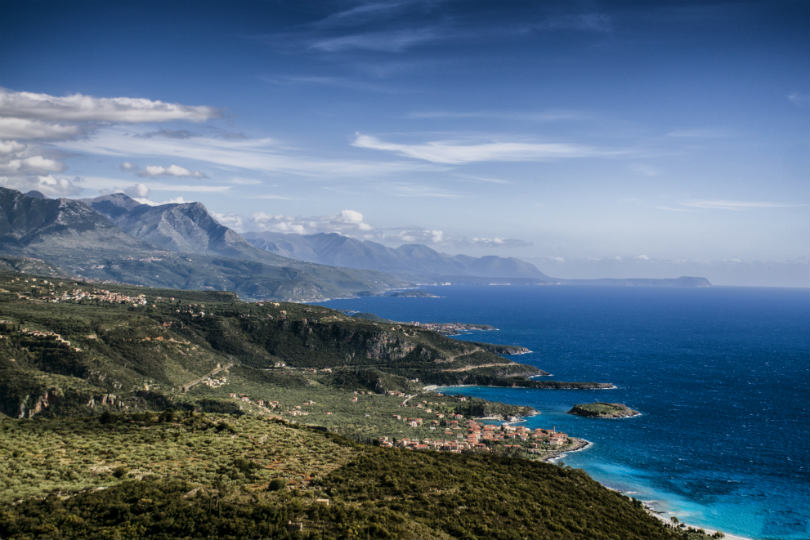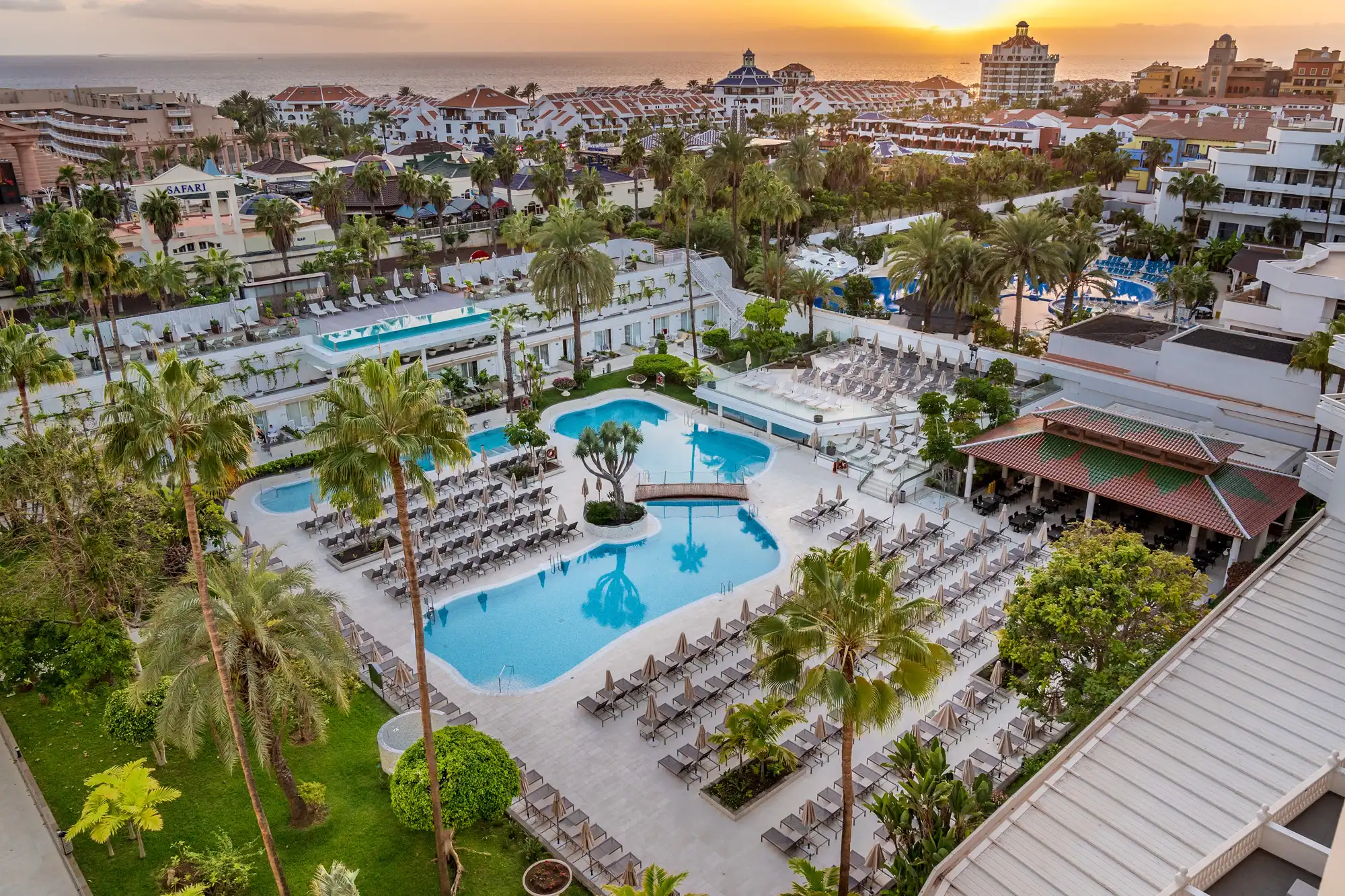Unearth 7,000 years of history in Malta
You may be aware of Malta’s Knights of St John, who ruled for 250 years from 1530, and whose influence can still be found in the courtyards, gardens and palaces of the capital, Valletta, which they once called home.
But did you know that Malta packs in a total of 7,000 years of history, making it the oldest island in the Mediterranean?
Malta and Gozo are dotted with archaeological sites, including a scattering of freestanding temples thought to be the oldest in the world, and which are Unesco-listed.
On a recent trip to Malta, I visited Hagar Qim on the south of the island, whose ruins of megalithic temples date back to between 3,600 and 3,200 BC, making them older than Stonehenge, and one of the world’s most ancient religious sites.
Parts of the megaliths weigh close to 20 tonnes – mind-boggling considering they would have been built by manpower.
Walking through the series of interconnected chambers and touching the pockmarked, creamy stone – which is protected from the elements by an overhead canopy – is like journeying back to a prehistoric era, and it’s intriguing to imagine how these temples might have been used (the 4D film introduction at the visitors’ centre offers some insight).
Archaeologists discovered statuettes of plump, naked women and a “Venus of Malta” figurine at the temples – perhaps icons of worship.
Further downhill at the site (there are golf carts that can whizz clients up and downhill at a cost of one euro) is a collection of more temples, stood side by side, looking out across the Mediterranean Sea.
One features an elliptical hole, and during the Summer Solstice sunrise, the sun’s rays shine through the hole and illuminate a stone slab inside the chamber.
It’s fascinating to think that all those years ago, humans had such respect and reverence for Mother Nature. It makes a visit to Hagar Qim a special, thought-provoking experience.
Essential information
Getting there: A range of airlines fly to Malta from the UK, including Ryanair and easyJet, and national carrier Air Malta.
When to visit: Malta is a year-round destination. High season is June to August, while September to October are still warm and sunny but less busy.
Where to stay: Valletta is ideal for city-break lovers, while St Julian’s is more affordable and connected to the capital by a daily ferry service.

















